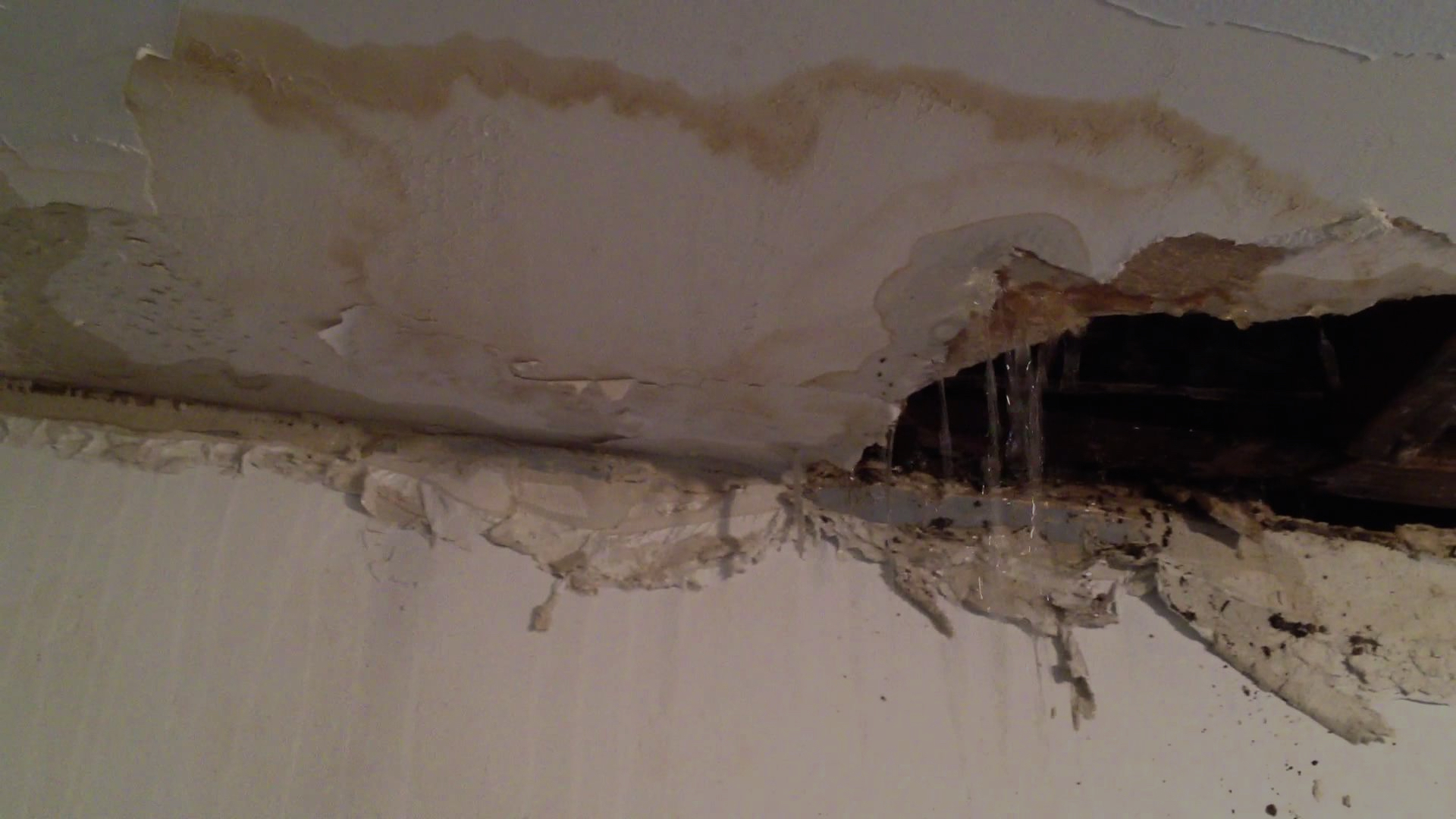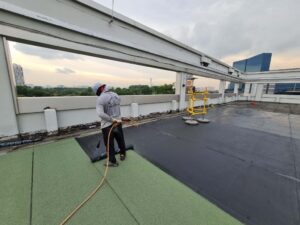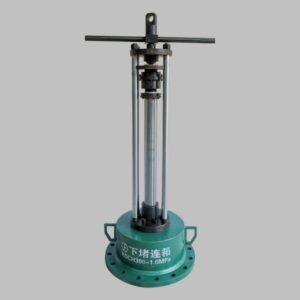Ceiling leakage is one of the most common problems faced by property owners in Singapore. It can affect commercial buildings, residential units, and private landed properties. Left unattended, ceiling leakage can cause structural damage, weaken ceilings, and lead to costly repairs. Proof‑Tech Waterproofing & Maintenance Pte Ltd offers professional ceiling leakage repair services, providing reliable solutions to protect properties and ensure peace of mind.
What is Ceiling Leakage?
Ceiling leakage refers to water seeping through ceilings, often caused by damaged roofing, plumbing issues, or moisture build-up. It is more than just an unsightly problem. Ceiling leakage can cause significant structural damage and create unhealthy living environments due to mould and dampness. For property owners in Singapore, ceiling leakage is a problem that should be addressed promptly to prevent escalating damage.
Common Causes of Ceiling Leakage
Understanding what causes ceiling leakage helps property owners address the problem at its source. Singapore’s tropical climate, with heavy rainfall and high humidity, makes buildings more susceptible to leakage. Common causes of ceiling leakage include:
- Overflowing gutters that direct rainwater into ceilings instead of away from the building.
- Cracked roof tiles or damaged flashing, which allow water to penetrate roofing and ceilings.
- HVAC condensation that drips onto ceilings when ventilation is insufficient.
- Structural cracks in walls or roof framework that let water pass through.
- Faulty or aging plumbing systems that leak water into ceiling spaces.
- Poor ventilation that traps moisture inside ceilings, causing dampness.
Unaddressed ceiling leakage often worsens over time, leading to sagging ceilings, weakened structures, mould growth, and unpleasant odours.
Signs You Have Ceiling Leakage
Early detection of ceiling leakage is essential to reduce repair costs and prevent further damage. Property owners should watch for these signs:
- Water stains or discoloured patches on ceilings.
- Bubbling or peeling paint caused by moisture behind the surface.
- Musty odours from trapped moisture and mould growth.
- Sagging ceiling areas due to prolonged water exposure.
- Water dripping from the ceiling after rainfall or plumbing usage.
Recognising these warning signs early allows for quick professional intervention and prevents further complications.
Ceiling Leakage Repair Process
Proof‑Tech follows a systematic process to repair ceiling leakage and prevent recurrence. Each step focuses on identifying and addressing the root cause of the leakage rather than just masking the symptoms.
Detailed Inspection: A thorough inspection is carried out to locate the source of ceiling leakage. This includes examining roofs, plumbing, gutters, ventilation systems, and structural integrity.
Leak Source Rectification: Repairs target the origin of the leakage, whether it’s replacing damaged roof tiles, sealing cracks, fixing plumbing faults, or repairing ventilation issues.
Waterproofing Application: Proof‑Tech applies high-quality waterproofing materials to ensure that repaired areas remain protected against future leakage.
Finishing and Maintenance Advice: Ceilings are restored to their original condition, and property owners are given advice on regular maintenance to reduce the risk of future ceiling leakage.
This approach guarantees that ceiling leakage is repaired thoroughly, providing long-lasting results.
Why Choose Proof‑Tech for Ceiling Leakage Repair
Proof‑Tech Waterproofing & Maintenance Pte Ltd has more than two decades of experience in waterproofing and ceiling leakage repair. This expertise makes us a preferred choice for property owners in Singapore. Our advantages include:
- Specialist Skills – We are a BCA-registered contractor with certifications in Concrete Repairs (CR05), Repairs & Redecoration (CR09), Waterproofing Installation (CR13), and General Building (CW01).
- Wide Range of Projects – From commercial buildings to private landed properties, we deliver tailored ceiling leakage repair solutions.
- Experienced Team – Over 180 trained professionals, including technical experts and support staff, ensure fast and reliable service.
- Quality Materials – We use durable, high-performance materials for long-lasting results.
- Cost‑Effective Solutions – Competitive pricing without compromising quality.
- Tailored Service – Repairs customised to the needs of each property and client.
Proof‑Tech offers a complete solution for ceiling leakage, combining repair, waterproofing, and preventative maintenance in one service.
Preventing Ceiling Leakage
Preventing ceiling leakage saves time and reduces repair costs. Property owners can adopt several maintenance practices to minimise risk:
- Keep gutters and downpipes clean and free of debris to prevent overflow.
- Inspect roofs regularly for cracks, damaged flashing, or worn-out roofing.
- Ensure proper ventilation to reduce condensation from HVAC systems.
- Use water-resistant paint on ceilings to protect against dampness.
- Schedule regular inspections, particularly before and after monsoon seasons.
Proof‑Tech also offers preventive maintenance programmes designed to detect and address potential ceiling leakage before it becomes a major issue.
Risks of Ignoring Ceiling Leakage
Ceiling leakage should never be ignored. Failure to address it promptly can result in:
- Structural Damage – Persistent moisture can weaken ceilings and cause sagging or collapse.
- Mould Growth – Creates unhealthy indoor environments and potential health risks.
- Costly Repairs – Damage that spreads over time becomes more expensive to fix.
- Reduced Property Value – Ceiling leakage problems can lower property market value and deter buyers.
Timely repair protects both the safety of occupants and the long-term value of the property.
About Proof‑Tech Waterproofing & Maintenance
Proof‑Tech Waterproofing & Maintenance Pte Ltd has earned a reputation as Singapore’s trusted ceiling leakage repair specialist. With over 20 years of experience and more than 180 skilled professionals, Proof‑Tech offers quality workmanship at competitive prices. We provide tailored solutions using premium materials and advanced waterproofing techniques.
As a BCA-registered contractor, Proof‑Tech is certified in Concrete Repairs (CR05), Repairs & Redecoration (CR09), Waterproofing Installation (CR13), and General Building (CW01). This ensures high-quality service for ceiling leakage repair, waterproofing, roofing repairs, and other building maintenance needs.
Frequently Asked Questions (FAQ)
What causes ceiling leakage in Singapore properties?
Ceiling leakage is usually caused by overflowing gutters, damaged roofing, HVAC condensation, plumbing issues, or structural cracks. Singapore’s high rainfall can make these problems more frequent.
How can I tell if I need ceiling leakage repair?
Signs include water stains, peeling paint, mould growth, musty odours, sagging ceilings, or water dripping from the ceiling. A professional inspection is recommended to confirm the cause.
How quickly can Proof‑Tech repair ceiling leakage?
Repair times vary depending on the extent of the damage. Proof‑Tech responds promptly and works efficiently to prevent further issues.
Can ceiling leakage lead to structural damage?
Yes. Continuous water exposure can cause sagging ceilings, weaken structural components, and increase repair costs.
Does Proof‑Tech provide preventive maintenance for ceiling leakage?
Yes. We offer inspections and maintenance services to reduce the risk of future ceiling leakage.
Do you repair ceiling leakage for both commercial and residential properties?
Yes. Proof‑Tech caters to commercial buildings and private landed properties across Singapore.
What should I do if I see water dripping from my ceiling?
Turn off the electricity in the affected area for safety, collect the dripping water to avoid damage, and contact Proof‑Tech immediately.
How often should ceiling leakage inspections be done?
We recommend at least once a year, especially before and after monsoon seasons, to catch potential issues early.




